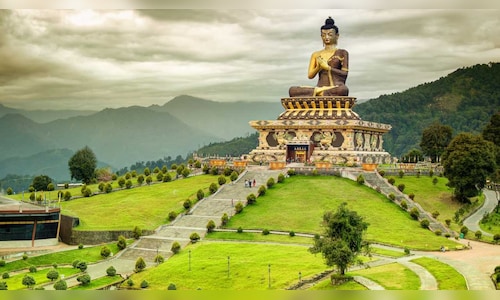The move follows years of heightened tensions that began with a deadly border clash in 2020 along the disputed Himalayan frontier. In the aftermath, India imposed wide-ranging restrictions on Chinese investments, banned numerous Chinese mobile applications, and curtailed passenger travel routes. Simultaneously, China halted visa issuance for Indian citizens and other foreign nationals, citing COVID-19 precautions.
While China resumed issuing visas to Indian students and business travellers in 2022, India maintained tight controls over tourist visas for Chinese citizens — a policy that remained in place even after both nations in March agreed to restore direct air links.
Also read | India emerges as Thailand’s second‑largest air passenger market this summer
Relations between the two nuclear-armed neighbours have shown tentative signs of improvement. High-level diplomatic engagements, including a meeting between Indian Prime Minister Narendra Modi and Chinese President Xi Jinping in Russia last October, have signalled a willingness to resume dialogue.
Reacting to the announcement, Chinese Foreign Ministry spokesperson Guo Jiakun welcomed the development. “China is ready to maintain communication and consultation with India and constantly improve the level of personal exchanges between the two countries,” he said on Wednesday.
India and China share a 3,800-kilometre border that has remained a point of contention since the 1950s. The two nations fought a brief but intense war in 1962, and while dozens of rounds of talks have taken place since, the border dispute remains unresolved.
In July, India’s External Affairs Minister urged his Chinese counterpart to de-escalate tensions, withdraw troops from contentious border areas, and refrain from imposing restrictive trade measures — conditions seen as crucial to fully normalising bilateral ties.
Also read | New Ladakh LG pledges to bring union territory on global tourism map
The resumption of tourist visas is widely viewed as a goodwill gesture and a potential catalyst for improved people-to-people contact between Asia’s two largest nations.
(Edited by : Jerome Anthony)





